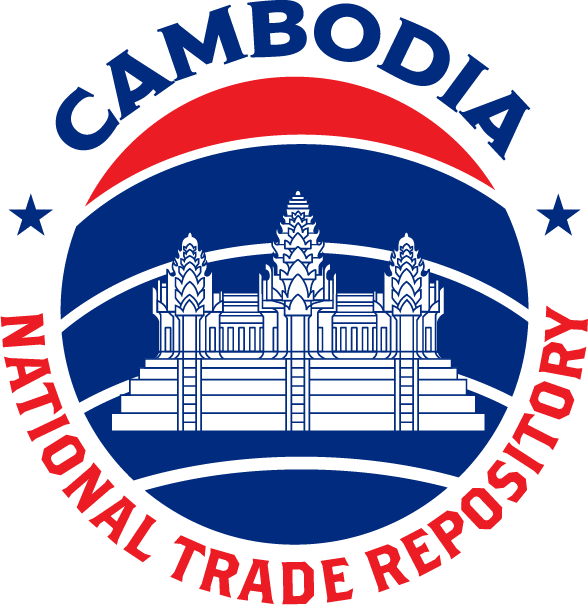Gov’t Preparing to Eliminate Import Duties for ASEAN Products
The government is planning to gradually reduce tariffs on most goods imported from other ASEAN member states to zero, putting Cambodia ahead of what is required of it under the ASEAN Trade in Goods Agreement (ATIGA), officials said.
The agreement, signed by ASEAN members in 2009, is part of the effort to create a region-wide integrated market and production base with a free flow of goods and is a pillar of ASEAN Economic Community (AEC), which took effect at the end of last year.
Chea Samnang, director of international affairs office at the General Department of Customs and Excise, said Cambodia has been implementing the ATIGA since signing it, and is now renewing its import tariffs for the next decade in response to the AEC.
“We are renewing the tariff list from 2016 until 2025. Our tariffs were already low, but some will become even lower to comply with the ASEAN framework,” he said, explaining that some tariff lines that are now around 5 per cent will fall to zero in five years, but said this would not apply to every import good.
Kong Vibol, director general of the General of Taxation Department, said previously that most customs taxes will fall to zero except those on what he described as “high-risk, sensitive” products. Mr. Vibol, who was the Cambodian minister in charge of negotiating the ASEAN Free Trade Area for about 15 years, said that although customs revenues may decline, tax revenue in general would continue to rise, especially through the value added tax.
“Our taxation revenue will increase as we have reformed our taxation system to meet international standards in response to the materialization of ASEAN Economic Community,” Mr. Vibol said. His department has been preparing for the AEC, Mr. Vibol said, adding that annual revenue collection has risen from $5 million in 1993 to $1.2 billion in 2014. “Our revenue is increasing a lot because we have a clear system to collect it,” he added.
The ATIGA comprises several new elements to ensure the realisation of a free flow of goods within ASEAN, including the tariff liberalization, removal of non-tariff barriers, rules of origin, trade facilitation, customs, standards and conformance, and sanitary and phytosanitary measures, according to the ASEAN Secretariat.
The liberalization of trade in the region through the elimination of both intra-regional tariffs and non-tariff barriers is contributing towards making ASEAN member state’s manufacturing sectors more efficient and competitive in the global market, according to the secretariat.
Under the AEC, Cambodia, Laos, Myanmar and Vietnam have more flexibility in lowering import duties than the more developed members of the regional bloc. They can maintain duties at 1 to 5 percent on specific tariff lines accounting for 2.7 per cent of the total ASEAN tariff lines until 2018, according to the AEC framework.
Mr. Samnang said that his department is in talks with other government agencies to find ways to maintain revenue collection as customs duties fall.
“Now our customs general department is discussing with the government how to find a way to maintain the revenue generation... We will resume imposing special tax on some imported products, and VAT... and better enforce existing [tax] laws,” he added. Further lowering of import duties will occur gradually, Mr. Samnang said. “This will not be done immediately,” he stressed.

